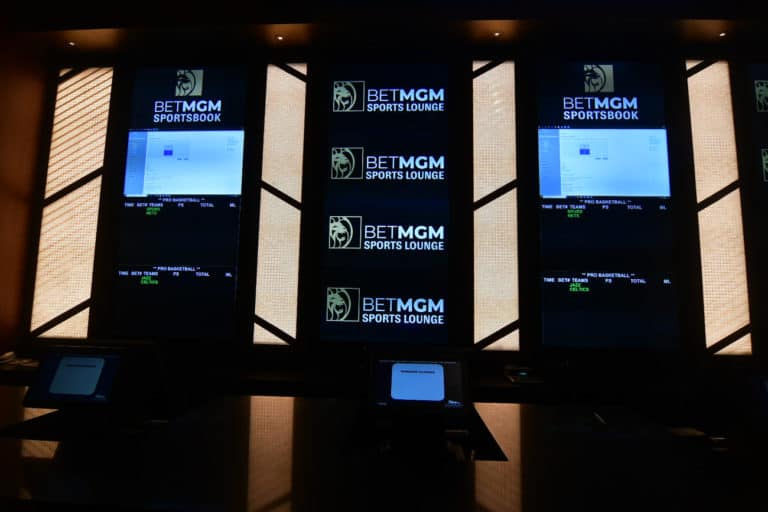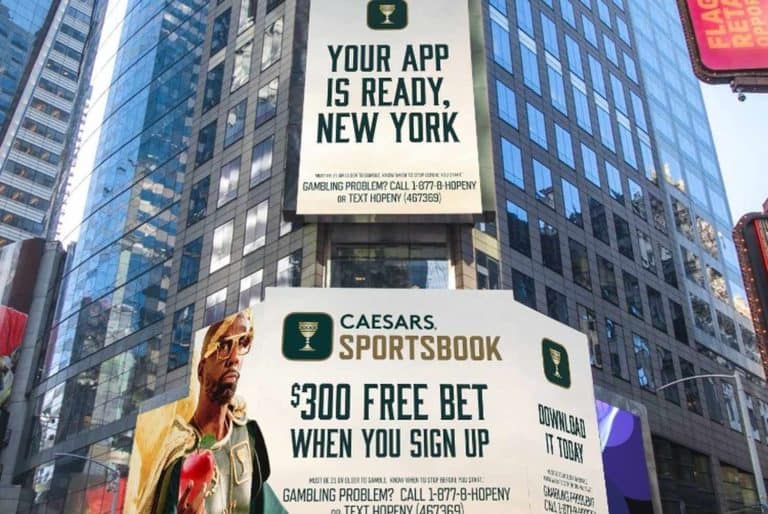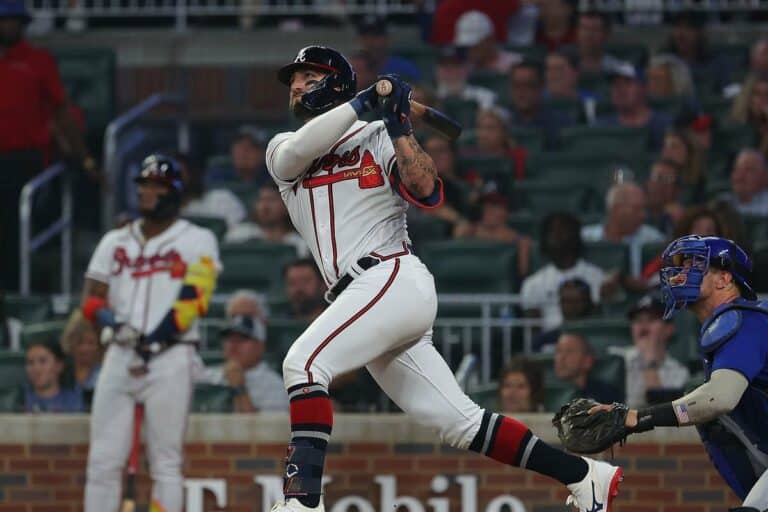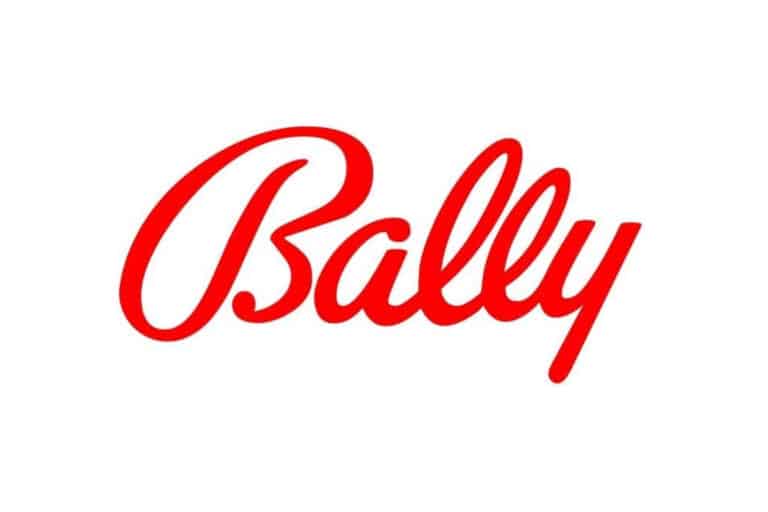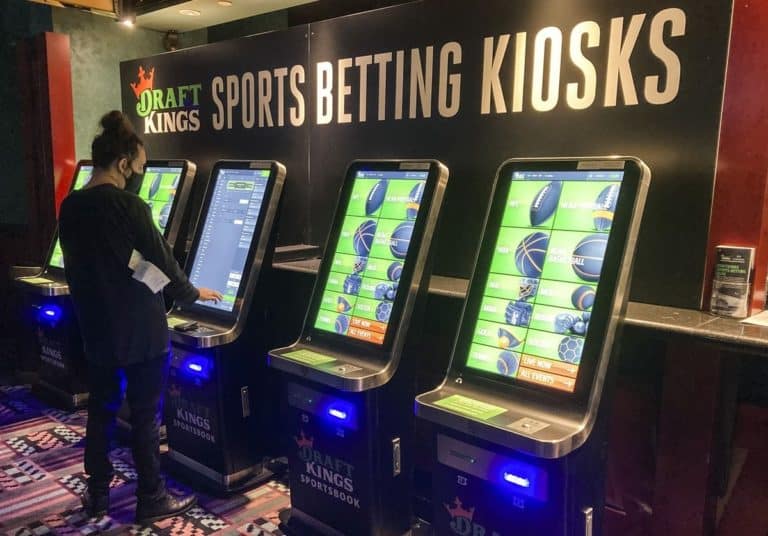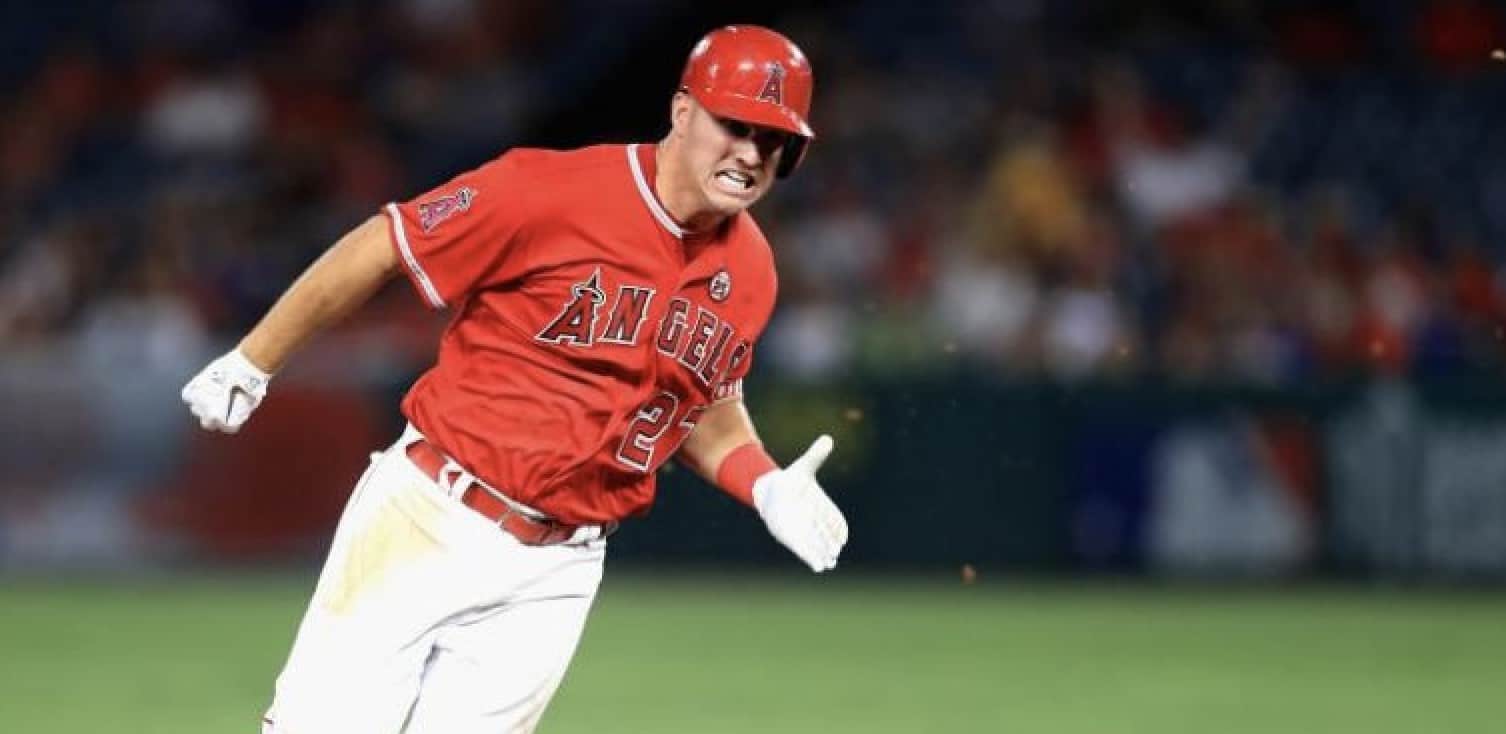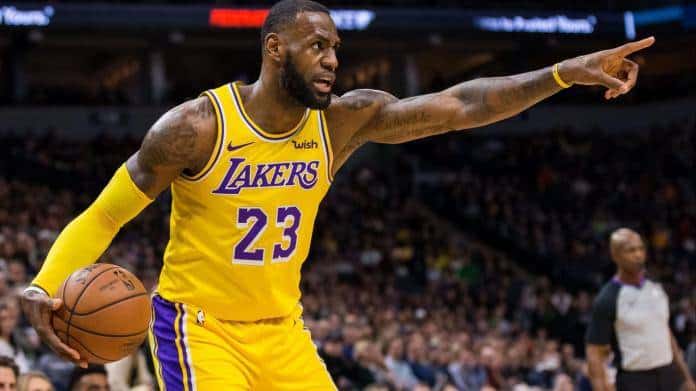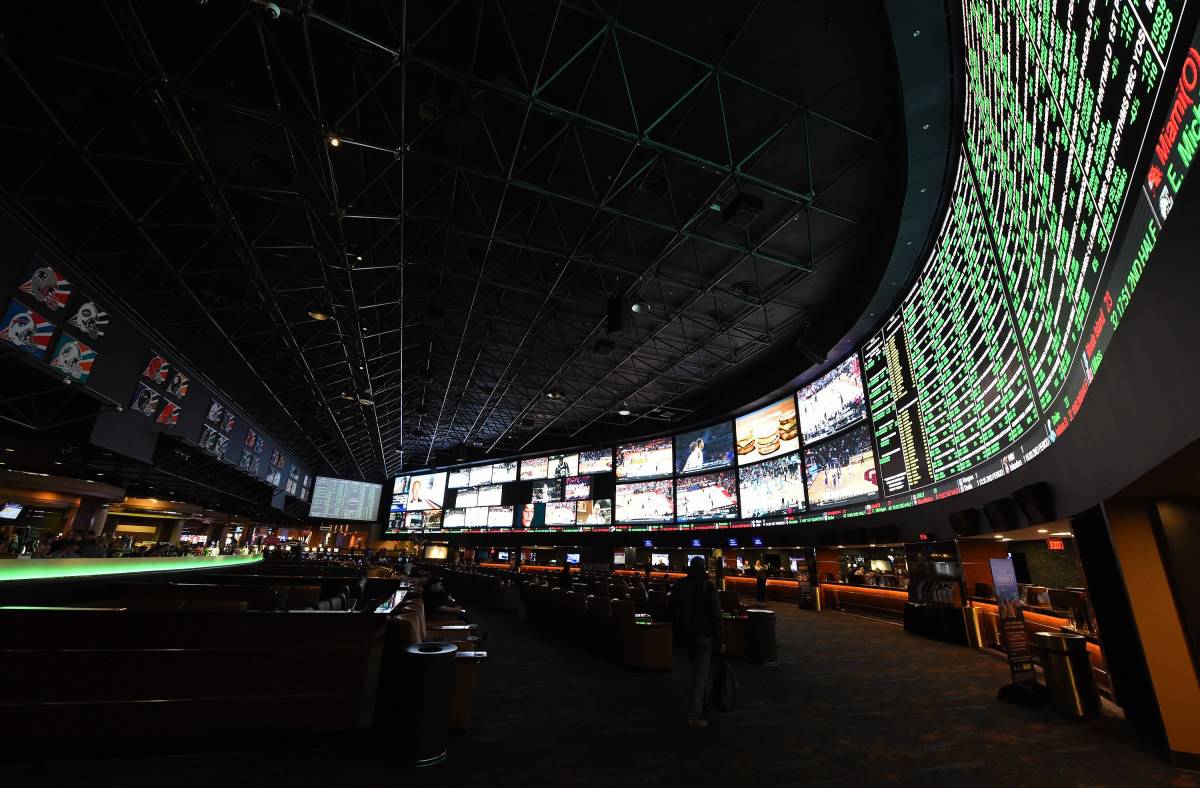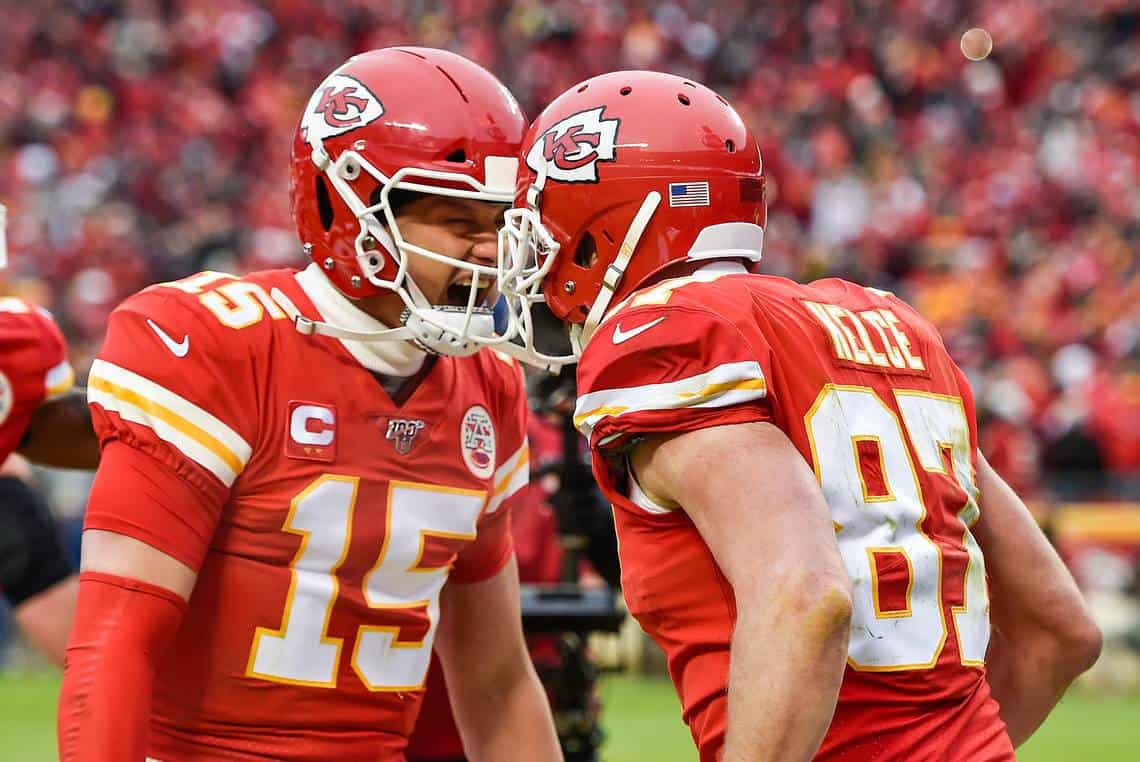MLB Betting

 BetOnline
BetOnline
Bonus
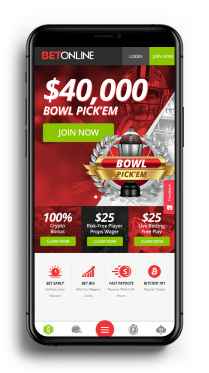
MLB Betting News
MLB BASEBALL BETTING
Introduction To Major League Baseball Betting
The sport of baseball may have the most fascinating history of any sport in the world. It’s been going on for a long time and has been lovingly documented by reporters, fans and historians. For awhile it was the most popular team sport in the United States earning it the moniker ‘America’s Pastime’. It ceased being the top sport among American fans years ago but still has legions of fans. Baseball also has a long history as a betting sport with its own vacillations in terms of popularity. Before we get into the history of baseball betting a little background on the development of the sport itself.
Although organized competitive baseball didn’t begin until the mid 1800s, the first mention of baseball being played in the United States was in records of early court actions in Pittsfield, Massachusetts. In 1791, the town passed an ordinance prohibiting the playing of baseball within 80 yards of the town meeting house. It’s unclear if baseball games were actually causing a problem in Pittsfield. The more likely scenario is that busybody government types wanted to regulate people enjoying themselves even if there was no good reason to do so. Some things never change.
For a long time the accepted narrative was that Union Army General Abner Doubleday invented the game of baseball a few years before the Civil War. Clearly, the discovery of the aforementioned Pittsfield, Massachusetts ordinance puts the kibosh on that theory. Baseball historian John Thorn notes that Doubleday "never knew that he had invented baseball but 15 years [after his death], he was anointed as the father of the game.” How that anointment occurred is yet another strange story—a Colorado mining engineer wrote letters to the press claiming that he was there when Doubleday invented baseball. Although there was some justifiable skepticism at the time, the story quickly became accepted as fact and endured until the late 20th century.
The debunking of the ‘Doubleday Myth’ once again left the exact origin of baseball shrouded in mystery. The consensus is that baseball is essentially an American sport that started on American soil, but beyond that is little more than speculation. Some theories suggest that baseball is a mutated version of the popular British sport of cricket which dates back to the 16th century. An alternate and very credible theory was advanced by British writer Henry Chadwick who suggested that baseball was derived from the game of ‘Rounders’ which he played as a child and dates back to the 1500’s. Rounders remains popular among British and Irish schoolchildren to this day where 7 million UK children play the game. Interestingly, the game is now more popular among girls than boys. The fact that Rounders was alternately referred to as ‘baseball’ in printed reference materials that date back to the mid 1700’s further validates this theory.
No matter the actual story of its origin what is known is that the nascent sport of baseball first started to catch on in New York and New Jersey. The first competitive league and the first baseball game with a paid admission all took place in New York prior to the Civil War. It’s true growth would come after the conflict with many historians suggesting that the war played a significant part in spreading the game nationwide. In the years immediately after the war hundreds of baseball teams were organized under the loose regulation of the National Association of Base Ball Players.
It wouldn’t be long before a conflict developed between baseball players that wanted to maintain its amateur status and those that wanted to go pro. Although there was a short lived group called the National Association of Professional Base Ball Players the real start of what is now Major League Baseball dates back to 1876 when the National League was established. The early days of professional baseball were contentious, with a big rivalry between the National League and the Western League, which changed its name to the American League in 1900. There were also several upstart leagues that came and went without much success. Within a few years, however, the National and American Leagues began the slow process of working together though it wouldn’t be until 1995 that the administrated functions of the two leagues were merged under the auspices of Major League Baseball.
The Rise And Fall Of Baseball Betting
Betting on baseball likely started soon after the sport itself and by the time of the ‘Black Sox’ scandal in 1919 it was huge. At the time, the only real competition it had for the betting dollar was horse racing. Since horse racing had established itself as the most popular sport in the country by the late 1800’s and was already starting to be legally regulated by state and local government it was likely the top betting sport at the time. Horse racing was more complex for a bookmaker to administer compared to baseball which had a very simple betting process that has endured to the present.
The ‘Black Sox’ scandal was a big story but rumors and suspicions concerning the collusion of baseball players and gamblers dated back to the mid 1800s—which also underscores how quickly betting on baseball became an integral part of its subculture. The scandal led to the promotion of Judge Kenesaw Mountain Landis as the first Commissioner of Baseball. The professional baseball hierarchy became increasingly squeamish of the sport’s association with gambling and were no doubt relieved when its popularity among bettors and bookmakers plummeted over the next couple of decades.
Although baseball liked to pat itself on the back for eradicating gambling from the sport (relatively speaking) the reality is that it had little, if anything, to do with it. The big blow against baseball betting was struck by the invention of the pointspread. The pointspread made widespread betting on football and basketball viable and very quickly they replaced baseball as the ‘bread and butter’ of bookies and gamblers. With the pointspread serving as the ‘great equalizer’ every game on the board became not only ‘betable’ but an exciting wagering opportunity for players. Baseball, with its leisurely pace and use of fixed odds, just couldn’t compete at the betting window. With the development of television the die was cast—NFL and college football along with NBA and college basketball grew exponentially in terms of viewership and betting popularity. Baseball still had plenty of fans, but quickly became marginalized as a betting sport.
Today, baseball still has a solid fanbase and a strong financial position but is still marginalized as a betting sport. In Nevada, it’s desperately trying to hang on to its position behind football and basketball. The growth of soccer betting interest is providing a big challenge and thanks to the unprecedented debut season of the Vegas Golden Knights the popularity of hockey wagering has exploded. It might already have dropped below hockey and soccer in terms of betting revenue.
Personally, I’ve never understood why baseball is so underappreciated among the American betting pubic. Part of the problem is timing—many bettors both ‘sharp’ and ‘square’ along with some bookmakers take a few months off after the end of basketball season and go back to work to get ready for football. The biggest issue in my experience, however, is that casual sports bettors just don't understand how to bet the sport properly and just how great baseball is for day in/day out 'grinders'.
The ‘sharp’ players that do target baseball often do so profitably. There are just so many ways to handicap and bet baseball and so much statistical information to work with. Many recreational players are surprised to learn that baseball usually has the lowest ‘win percentage’ of any sport dealt at Nevada sportsbooks. In the 12 months beginning July 1, 2017 and ending June 30, 2018 baseball had a minuscule 3.33% ‘hold’ at Silver State betting shops. This is not only the lowest ‘hold’ percentage among betting sports but the lowest of any game measured by the Nevada Gaming Control Board including slots and table casino games.
Types Of Baseball Bets
There are a multitude of different ways to bet baseball but they all come back to the moneyline. Understanding moneylines for a Major League Baseball bettor is as essential as it is for a NFL football bettor to understand pointspreads. There’s a mistaken belief that moneylines are complex and hard to work with but that’s not really true—once you get a handle on how they work and what they mean they’re really simple. The best way to illustrate the function of moneylines is with the most fundamental of all baseball bets—the ‘side play’:
Side Plays
There is no bet more fundamental than baseball side plays. No pointspreads or other qualifiers involved—you just pick a team at favorite or underdog odds and if they win you cash your bet. Baseball is a sport that just doesn't lend itself well to the use of a pointspread. A 1-0 victory with an dominating pitcher on the mound can be as satisfying as a 10-3 win with the offense hitting multiple home runs. Baseball does have it’s own version of the pointspread called the ‘run line’ but it is decidedly a niche bet. That means with a side play all you need to worry about is winning the game. The bookmaker provides the 'handicap' between opponents of disparate ability by way of odds.
Moneyline odds—such as used in baseball—are as much of a uniquely American phenomenon as baseball itself. North America is the only place in the world where you’ll see moneyline odds used. In fact, many European based sportsbooks refer to moneyline odds as 'US odds'. Elsewhere in the world, they hate moneyline odds and sometimes use them as an example of American backwardness the same way they do with the metric system. In Europe, you're more likely to see fractional odds or decimal odds. It's important to remember that they all mean the same thing.
For example:
-150 = 2/3 = 1.66
or
+125 = 5/4 = 2.25
It’s not a bad idea to get a handle on fractional and decimal odds just so you’ll have a greater fluency with the entire concept of betting odds. On a practical level, however, you’ll likely never need to use them if you so choose. Any sportsbook with a North American clientele will at the very least offer the option to have odds displayed in ‘US’ or ‘moneyline’ format. The important thing to remember is that moneyline odds are just an alternate way to express fractional odds.
If you’re able to wrap your head around this, baseball odds get significantly easier. As in every other sport baseball games have a favorite and an underdog but the differential is found in the odds and not a pointspread. Here’s an example of a baseball moneyline from a recent game between the Los Angeles Angels and Houston Astros:
LOS ANGELES ANGELS +200
HOUSTON ASTROS -220
In this matchup, the Houston Astros are a -220 favorite over the Los Angeles Angels. This means that if you want to bet on the Astros you have to lay -220 to win -100. Another way to express this: you have to bet $2.20 for every $1.00 or $220 for every $100 that you want to win by backing the Astros. Let’s say you bet $220 to win $100 and the Astros win the game. The bookmaker will pay you a total of $320 which includes the $220 original stake and a $100 profit.
If you want to bet the Angels you'll get +200 for every 100 you bet. In monetary terms, this means you'll receive $2.00 back for every $1.00 you bet on the Angels. If you bet $100 on Los Angeles and they emerge victorious the book will pay you a total of $300—your $100 original stake and $200 of profit.
The differential between the price on the favorite and takeback on the underdog is where the sportsbook makes money. In this case, we've got a .20 cent line. The smaller the line differential, the better. The best you can really hope for is a .10 cent line (also known as a dime line).
How Baseball Moneylines Are Calculated
It’s also important to understand how the bookmaker calculates the moneyline on a baseball game. The primary factor is the starting pitcher for each team. A good way to illustrate this is to go back to our ‘example’ game and write it the way you’d most likely see it at a sportsbook:
LOS ANGELES ANGELS (HEANEY) +200
HOUSTON ASTROS (VERLANDER) -220
You’ll always see the name of the starting pitcher included with baseball odds. In this instance, lefthander Andrew Heaney gets the start for the Los Angeles Angels facing Houston Astros ace Justin Verlander. Here’s an example to help you understand the significance of the starting pitcher to the betting line. The Astros and Angels recently completed a three game series in Anaheim. Here are the odds and pitching matchups for these three games:
8/24/18
HOUSTON ASTROS (KEUCHEL) -120
LOS ANGELES ANGELS (HEANEY) +100
8/25/18
HOUSTON ASTROS (VERLANDER) -185
LOS ANGELES ANGELS (BARRIA) +165
8/26/18
HOUSTON ASTROS (VALDEZ) -115
LOS ANGELES ANGELS (PENA) +105
Two things worth noting here—note how the price on the game varies widely based on the starting pitching assignment. Also, note the relative insignificance of home field advantage. Home field advantage varies from one team to another but on balance are of less significance than in other sports. Like every other sport, baseball teams usually have a better record at home than they do on the road. On an individual game basis, however, home field is of little relevance There are some exceptions—general managers will sometimes build teams to take advantage of their ballpark's unique configurations. Other parks might favor left handed hitters, power pitchers or some other player or team characteristic.
There’s no way to overemphasize the importance of starting pitchers on pricing of baseball odds. This means that it is essential to have a very good—and very current-- knowledge of starting pitchers when betting baseball. Recent form is just as important as their YTD stats or intrinsic talent. Every year there are opportunities to find good value on an underdog by betting against an otherwise top quality pitcher that is in bad form. The opposite also is also true—a pitcher may have bad numbers for the season as a whole but have good recent form. This is also a betting opportunity to get an improving pitcher at a value price.
A secondary consideration in pricing baseball lines—and one you’ll need to consider when handicapping baseball—is the quality and performance of a team's bullpen. Bullpen evaluation has grown in importance in recent years to the point that even a novice handicapper needs to be aware of statistical data like bullpen ERA and batting average against. This information is very easy to locate and will definitely factor into the creation of a betting line.
As with most sports, situational matchups are also important. Every team has advantageous and disadvantageous situations. A team might hit left handed pitching especially well or they might struggle on natural grass. It's important to be able to distinguish between factors that are significant to handicapping and ones that aren't. It might be significant that a team has a bad record in night games. It's probably not important that they have a bad record on Thursday nights.
Totals Plays
Another popular way to bet on baseball is the totals play, also known as ‘over/under’ plays. Let’s go back to our ‘example’ game and look at a baseball total:
LOS ANGELES ANGELS (HEANEY) OVER 8 -110
HOUSTON ASTROS (VERLANDER) UNDER 8 -110
The number 8 is the total on the game, also referred to as the ‘over/under’. In this instance, the total is 8 runs. A bettor can choose to play the ‘over’ or the ‘under’, which refers to the combined score of both teams. If you play the ‘over’, the combined score in this case must be 9 runs or more to win your bet. If you play the ‘under’, the opposite is the case and a total combined score of 7 runs or less is a winner. If the final combined score of the game is 8 runs it lands right on the total the bet is a ‘push’ and all bets returned.
Another important thing to know about baseball totals is that the moneyline attached to each bet varies from one game to another. In our first example, it’s the same for both ‘Over’ and ‘Under’. If you want to bet the ‘Over’ you lay -110 to win 100 or $110 to win $100. Same with the ‘Under’. Now let’s look at two more games:
MILWAUKEE BREWERS (MILEY) OVER 9.5 +100
CINCINNATI REDS (REED) UNDER 9.5 -120
BOSTON RED SOX (PORCELLO) OVER 9 -120
CHICAGO WHITE SOX (GIOLITO) UNDER 9 +100
In the Milwaukee/Cincinnati game you have to lay -120 to win 100 or $120 to win $100 if you want to bet the game ‘Under’. If you want to play the game ‘Over’ it’s even money or $100 to win $100. The opposite is true in the Boston/Chicago White Sox game the opposite is true. In this case, you have to lay -120 to win 100 or $120 to win $100 if you want to bet the game ‘Over’. If you want to play the game ‘Under’ it’s even money or $100 to win $100.
Run Lines
Run lines are baseball’s version of a pointspread though for whatever reason they’re nowhere near as popular as in basketball or football. Back to the Angels/Astros game for an example:
LOS ANGELES ANGELS (HEANEY) +1.5 -105
HOUSTON ASTROS (VERLANDER) -1.5 -115
Run lines work just like pointspreads in any other sport. If you bet the Astros on the runline they must win by 2 or more runs to cash the bet. If you bet the Angels on the run line they must win the game outright OR lose by 1 run to cash the bet. There are different moneylines attached to each based on ‘taking’ or ‘laying’ runs. Note that the moneyline on this game has Houston a -220 favorite but with the run line they’re just a -115 favorite. Conversely, the Angels are a +200 dog on the moneyline but just a -105 choice on the runline.
This game provides a better example of the different moneylines:
SEATTLE MARINERS (LEBLANC) +110 +1.5 -185
OAKLAND ATHLETICS (MONTAS) -130 -1.5 +160
In the second column is the moneyline on the game where Oakland is a -130 favorite over Seattle and takeback on the Mariners is +110. These prices change dramatically with the runline involved. On the runline, Seattle is +1.5 -185 while Oakland is -1.5 +160. Note that runlines are very tricky to handicap and it’s important not to get sucked in to laying runs based simply on a big price. Most ‘sharp’ baseball players find themselves ‘taking’ runs far more frequently than ‘laying’ runs.
Important Note About The Above Baseball Bets
Many baseball bets afford the player the opportunity to ‘list’ their pitchers. This means that the designated starters must go for the bet to be ‘action’. In the example of the Houston/Los Angeles game we’ve used as an example let’s say that you bet Houston to win on the moneyline with ‘listed pitchers’. An hour before the game starts, Justin Verlander is scratched and doesn’t start. If you designated ‘listed pitchers’ the bet will be voided due to Verlander not starting and your stake will be refunded. If you didn’t designate ‘listed pitchers’ (also known as ‘action’) the bet is valid despite the pitching change. Most books will let you ‘list’ one pitcher and designate the other as ‘action’.
Partial Game Bets
This type of bet is becoming increasingly common at North American facing sportsbooks. These bets are identical to the above referenced side, total and run line bets with one exception—they’re graded based on only part of the game. Two common ‘partial’ bets involve only the first inning or after the first 5 innings have been completed (sometimes called a ‘first half play’). Here’s some examples of this type of bet:
First Inning Only
LOS ANGELES ANGELS (HEANEY) +195
DRAW -130
HOUSTON ASTROS (VERLANDER) +500
Note the addition of a ‘draw’ selection. Since a full baseball game can’t end in a tie this is something that isn’t needed for that kind of wager. You’ll sometimes see the ‘draw’ offered for partial game wagers while other sportsbooks will consider a tie after the first inning a ‘push’.
LOS ANGELES ANGELS (HEANEY) +1.5 -450
HOUSTON ASTROS (VERLANDER) -1.5 +375
LOS ANGELES ANGELS (HEANEY) OVER 1.5 +210
HOUSTON ASTROS (VERLANDER) UNDER 1.5 -250
First Half Of Game Only
LOS ANGELES ANGELS (HEANEY) +250
DRAW +380
HOUSTON ASTROS (VERLANDER) +135
LOS ANGELES ANGELS (HEANEY) OVER 4.5 -110
HOUSTON ASTROS (VERLANDER) UNDER 4.5 -110
